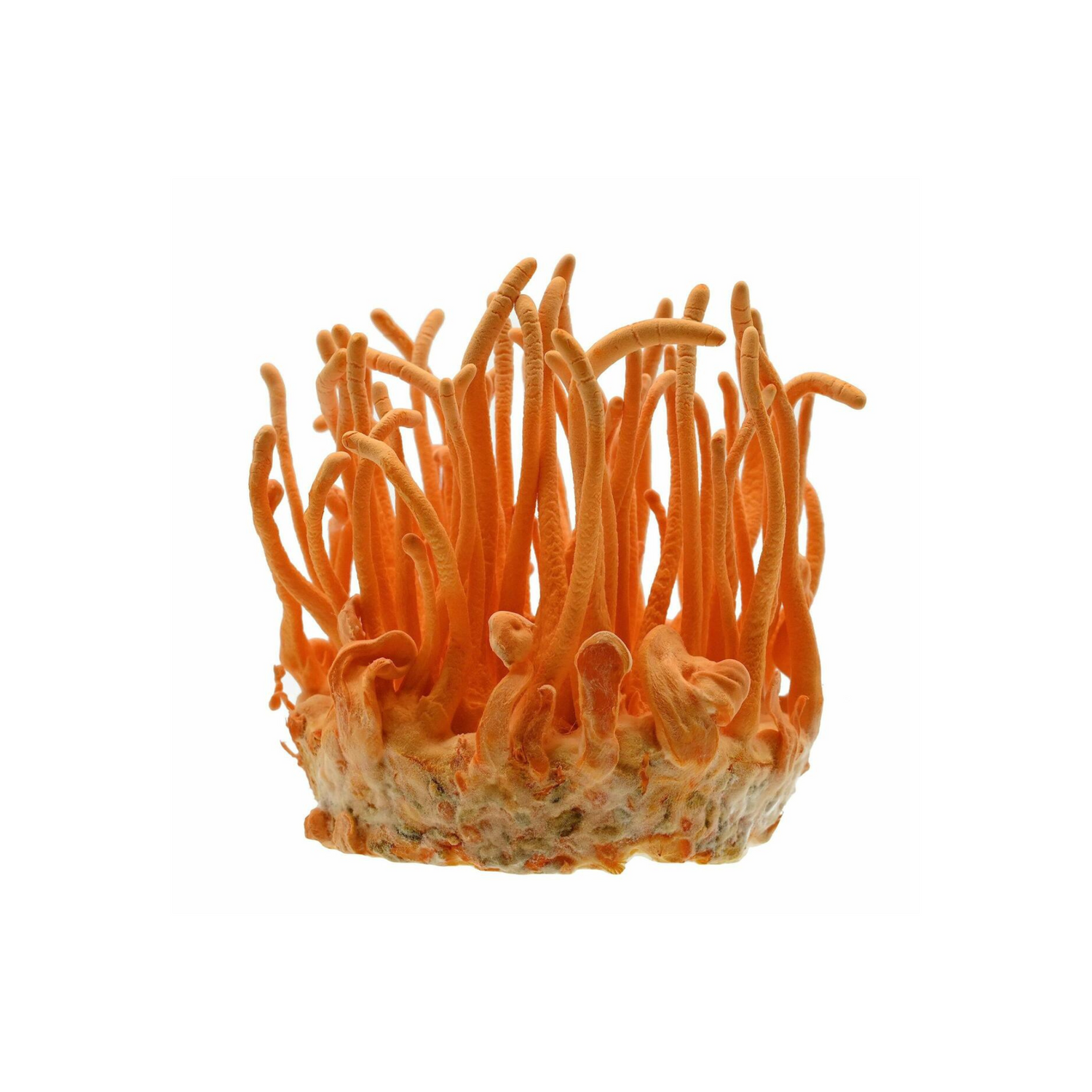
Cordyceps Militaris
Mycelium in liquid
Wide variety of mushroom liquid cultures. Pick your favorite mushroom here and start growing.
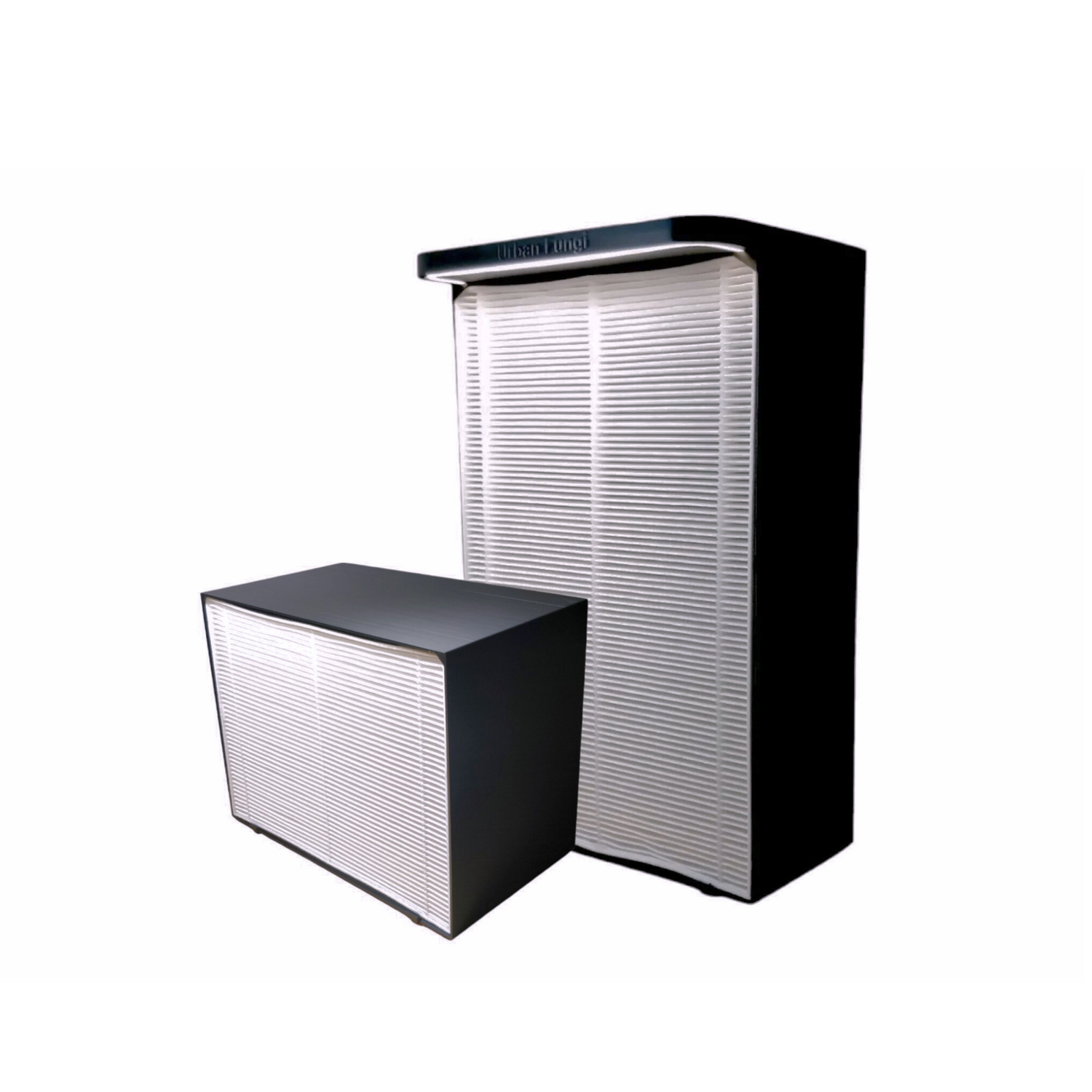
Tools & supplies
Laminar Flow Hood
Laminar flow hood is an essential tool for any serious mushroom grower aiming for high success rates and contamination-free cultures.
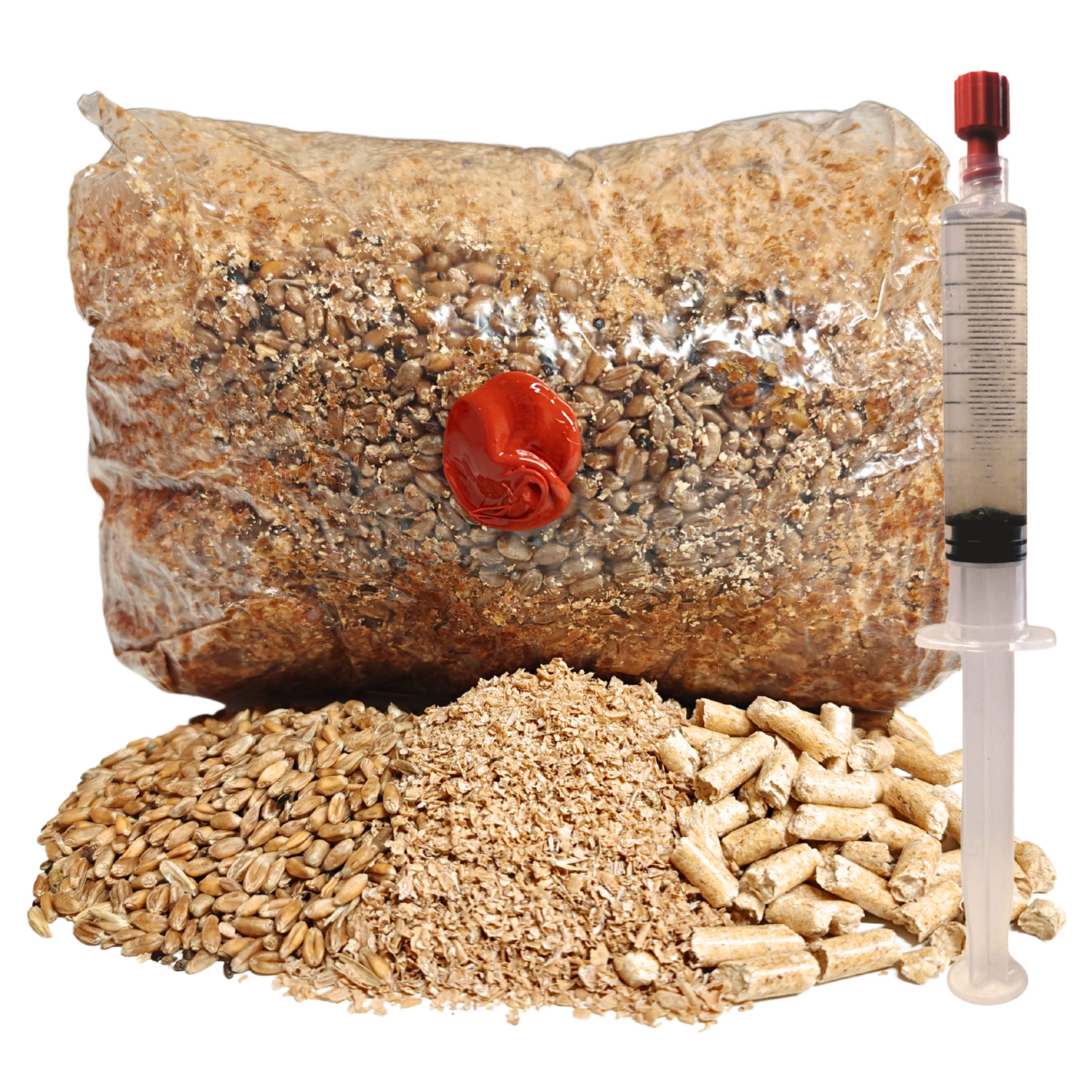
Grow Kit
Grow your own
A mushroom grow kit is ideal for beginners because it's easy to use and requires no prior growing experience. It offers an educational insight into fungi cultivation, allowing users to witness the entire mushroom life cycle firsthand.
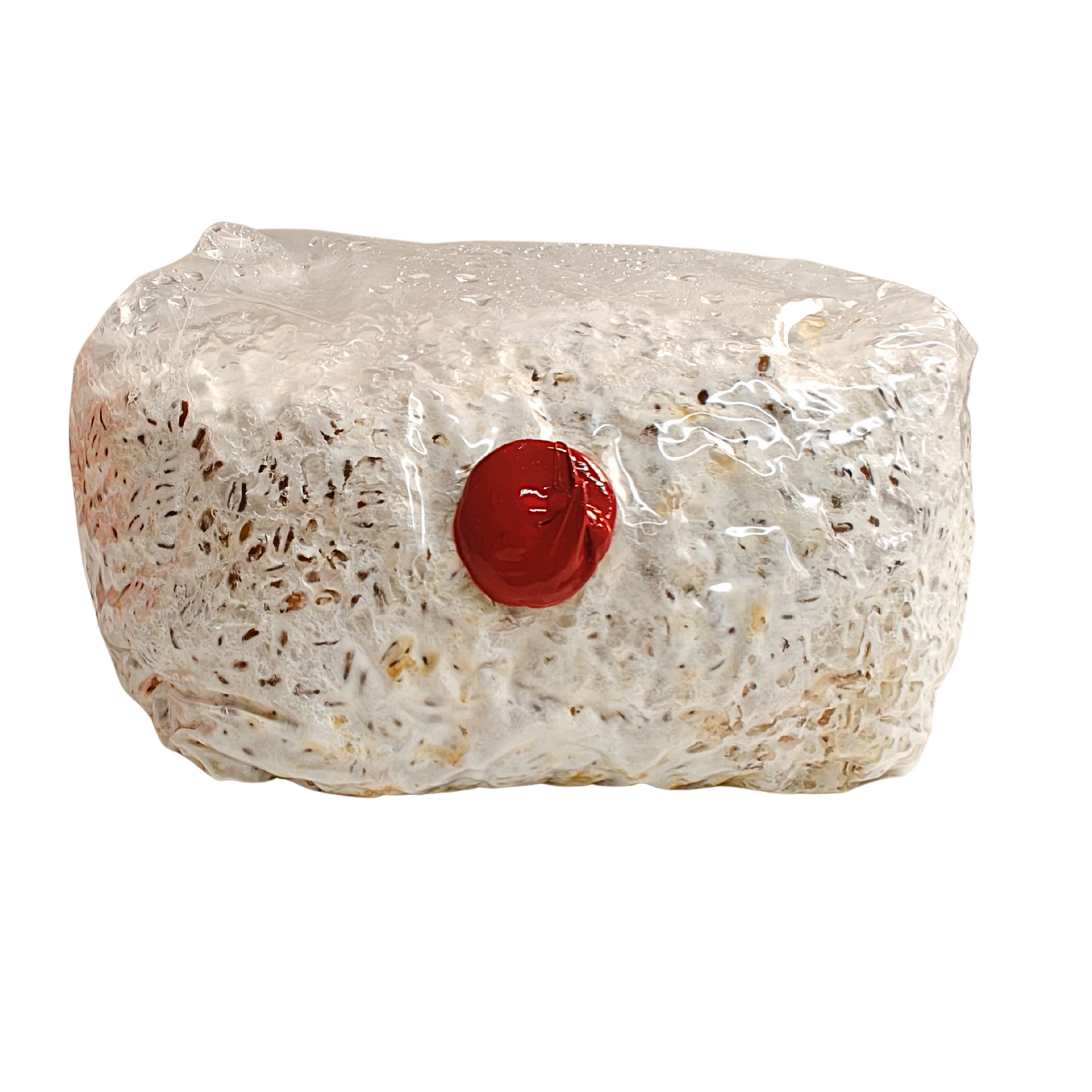
Grain spawn
Mycelium on grain
Grain spawn is essential in mushroom cultivation because it provides the nutrients, supports rapid and robust mycelium growth, ensures even distribution, helps resist contamination, is scalable, flexible, and speeds up the cultivation process.
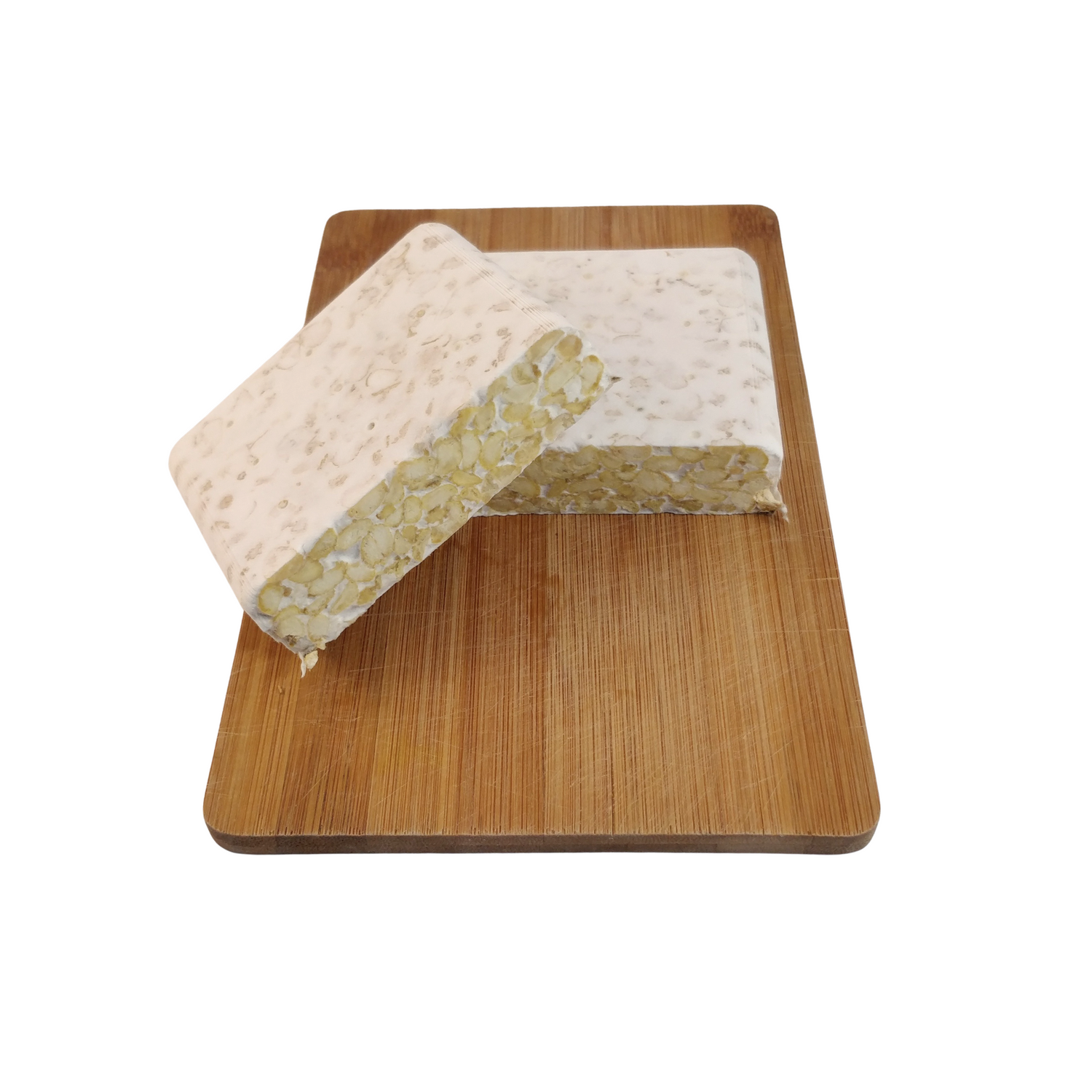
Tempeh
Make Tempeh at home
Tempeh mould can be used to grow different kind of tempeh and most cases without incubation device.
-
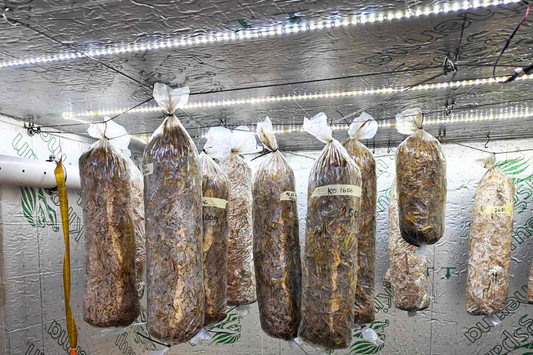
Growing Oyster Mushrooms on Straw Using Cold Pa...
Looking for a simple and cost-effective way to grow oyster mushrooms at home? One of the easiest and most beginner-friendly methods is to grow oyster mushrooms on straw using cold...
Growing Oyster Mushrooms on Straw Using Cold Pa...
Looking for a simple and cost-effective way to grow oyster mushrooms at home? One of the easiest and most beginner-friendly methods is to grow oyster mushrooms on straw using cold...
-
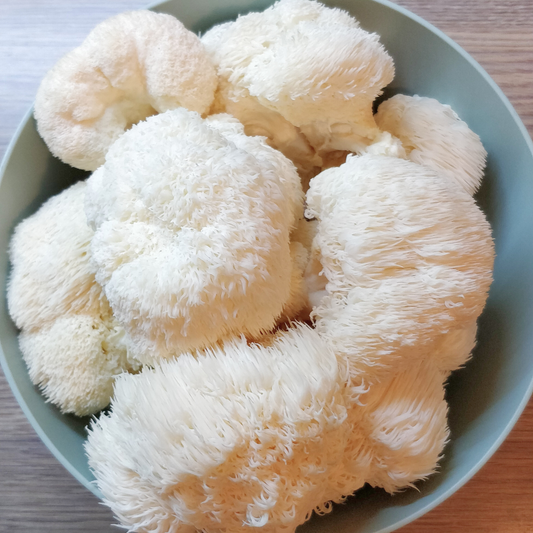
The Future of Mushrooms in Human Life: More Tha...
In recent years, mushrooms have made a quiet but powerful entrance into mainstream culture. No longer confined to the edges of pizza or forest floors, fungi are now being...
The Future of Mushrooms in Human Life: More Tha...
In recent years, mushrooms have made a quiet but powerful entrance into mainstream culture. No longer confined to the edges of pizza or forest floors, fungi are now being...
-
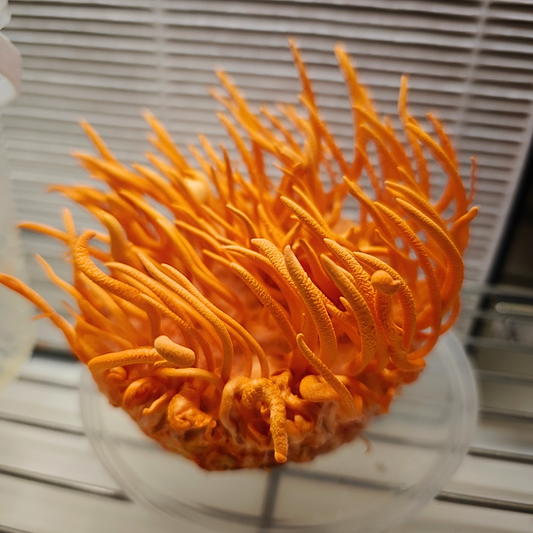
Unlocking the Secrets of Medicinal Mushrooms: A...
In the world of natural health, medicinal mushrooms are having a long-overdue moment. From ancient healing traditions to cutting-edge scientific research, these fungi are being rediscovered as powerful allies in...
Unlocking the Secrets of Medicinal Mushrooms: A...
In the world of natural health, medicinal mushrooms are having a long-overdue moment. From ancient healing traditions to cutting-edge scientific research, these fungi are being rediscovered as powerful allies in...
-

Essential Tools and Supplies for Starting Your ...
Starting your own mushroom cultivation setup at home or in an urban environment can be one of the most rewarding (and delicious) hobbies you’ll ever pick up. But before diving...
Essential Tools and Supplies for Starting Your ...
Starting your own mushroom cultivation setup at home or in an urban environment can be one of the most rewarding (and delicious) hobbies you’ll ever pick up. But before diving...
New to mushrooms? We can help
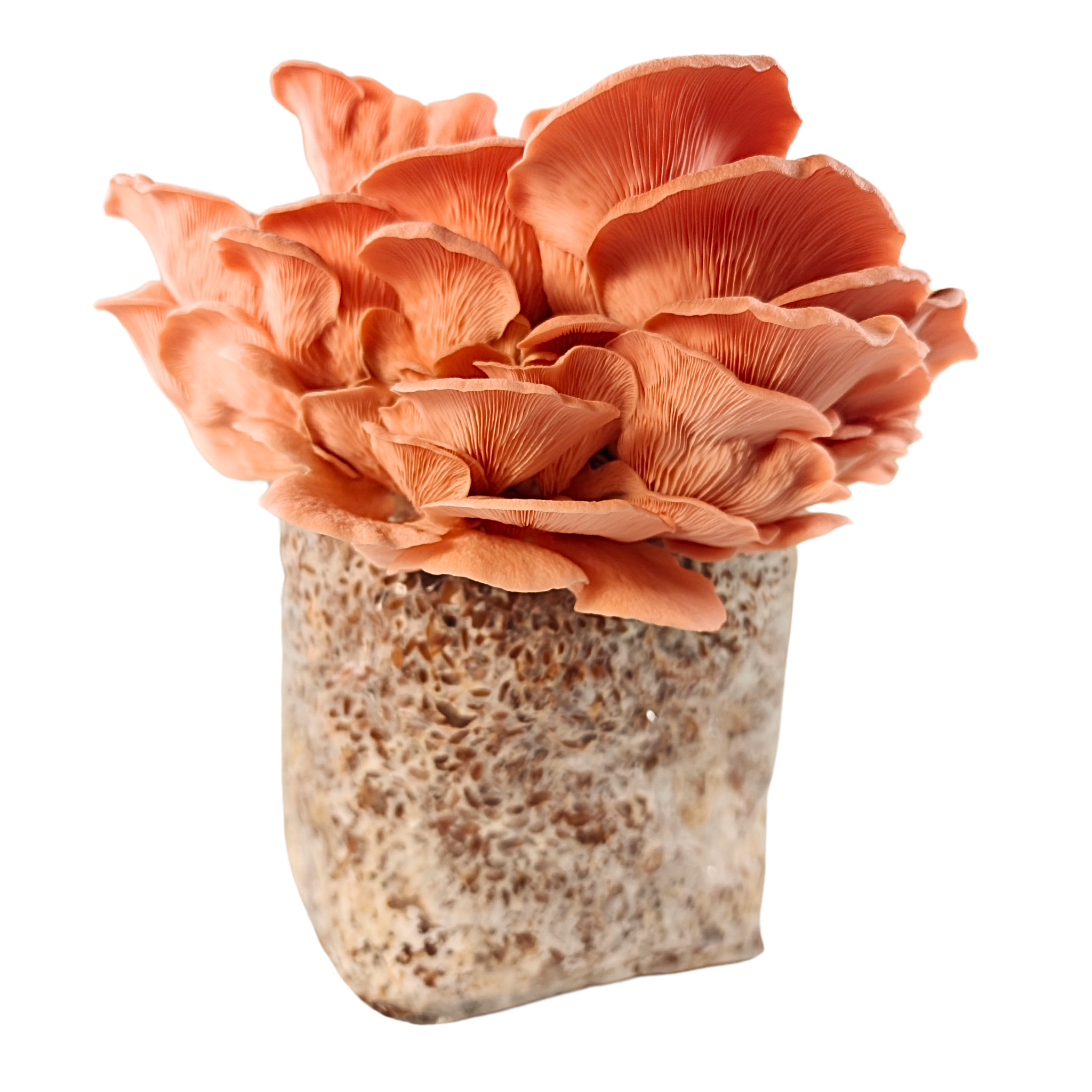
What kind of mushrooms can i grow at home?
There are many types of edible mushrooms you can grow at home, but your options depend on the growing conditions you have. For beginners, we suggest starting with oyster mushrooms (suitable for both indoor and outdoor cultivation), shiitake mushrooms (best grown on outdoor logs). These varieties are reliable and will enhance your chances of a successful first harvest!
Where can i grow mushrooms?
Indoors, you can grow mushrooms on your countertop (with a kit), in jars, in bags, in a monotub, or in a martha tent. Outdoors, you can grow mushrooms in containers, garden beds, and on logs.
Do i need special equipment to grow mushrooms?
If you're new to growing mushrooms, we suggest beginning gradually to familiarize yourself with the process. Start with a Spray & Grow kit or a beginner Fruiting Block kit, as these don’t need any special equipment. Once you gain confidence, you can invest in a monotub or Martha tent for indoor cultivation. For outdoor growing, consider starting with a container or a drill bit for plug spawn. As you get more comfortable, you can upgrade your equipment, but starting out doesn't require a significant investment.
What are the best conditions for mushroom growing?
Mushrooms thrive in indirect sunlight, high humidity, and temperatures ranging from 16-24° degree celsius. While some species, like pink oysters, can handle higher temperatures, and others can adapt to varying humidity levels, the ideal environment for most mushrooms is cool, damp, and shaded.
How long do mushrooms take to grow?
Many mushroom species can grow from "pin" to "flush" in just two weeks! However, some, like reishi, may take several months. Additionally, if you are cultivating mushrooms on logs, remember to account for the inoculation period, which typically ranges from 6 months to a year.
How often should i water my mushrooms?
If you don't have a humidity-controlled setup (like a humidity tent or Martha tent), you should water your mushrooms generously 2-3 times a day. However, avoid overwatering them. Use a fine mist spray until water droplets are visible, then monitor them for signs of drying out. If the mushrooms start to wilt or the edges curl, it indicates they need more frequent watering or a different location.
Is it safe to grow mushrooms at home?
Yes, growing mushrooms at home is generally safe if you choose known edible varieties, maintain a clean and well-ventilated growing environment, and control humidity and temperature levels. Using sterile techniques and wearing protective gear when handling spores also helps ensure safety.
What kind of substrate i can use to grow mushrooms?
You can use various types of substrates to grow mushrooms, depending on the species you are cultivating. Common substrates include:
- Straw: Often used for oyster mushrooms, straw is inexpensive and easy to work with.
- Hardwood Sawdust: Ideal for shiitake and other wood-loving mushrooms, sawdust can be supplemented with bran for added nutrients.
- Coco Coir and Vermiculite: A mixture often used for growing species like the psilocybin mushrooms, this substrate retains moisture well.
- Coffee Grounds: Suitable for oyster mushrooms, spent coffee grounds provide a nutrient-rich medium.
- Composted Manure: Commonly used for button mushrooms, composted manure from horses or cows provides a rich nutrient base.
- Wood Chips: Good for species like wine cap mushrooms, wood chips mimic natural growing conditions.
- Grain: Used primarily as a spawn substrate, grains like rye, wheat, or millet can also support mushroom growth.
Selecting the right substrate is crucial for the successful cultivation of different mushroom species.
Why should i grow mushrooms?
Growing mushrooms at home can be rewarding for several reasons. It's a cost-effective way to enjoy fresh, organic mushrooms with better flavor and nutritional value than store-bought varieties. Additionally, mushroom cultivation can be a fun and educational hobby, offering insight into the fascinating world of fungi. It's also environmentally friendly, as you can recycle organic waste materials like coffee grounds and sawdust into productive substrates for growing mushrooms.
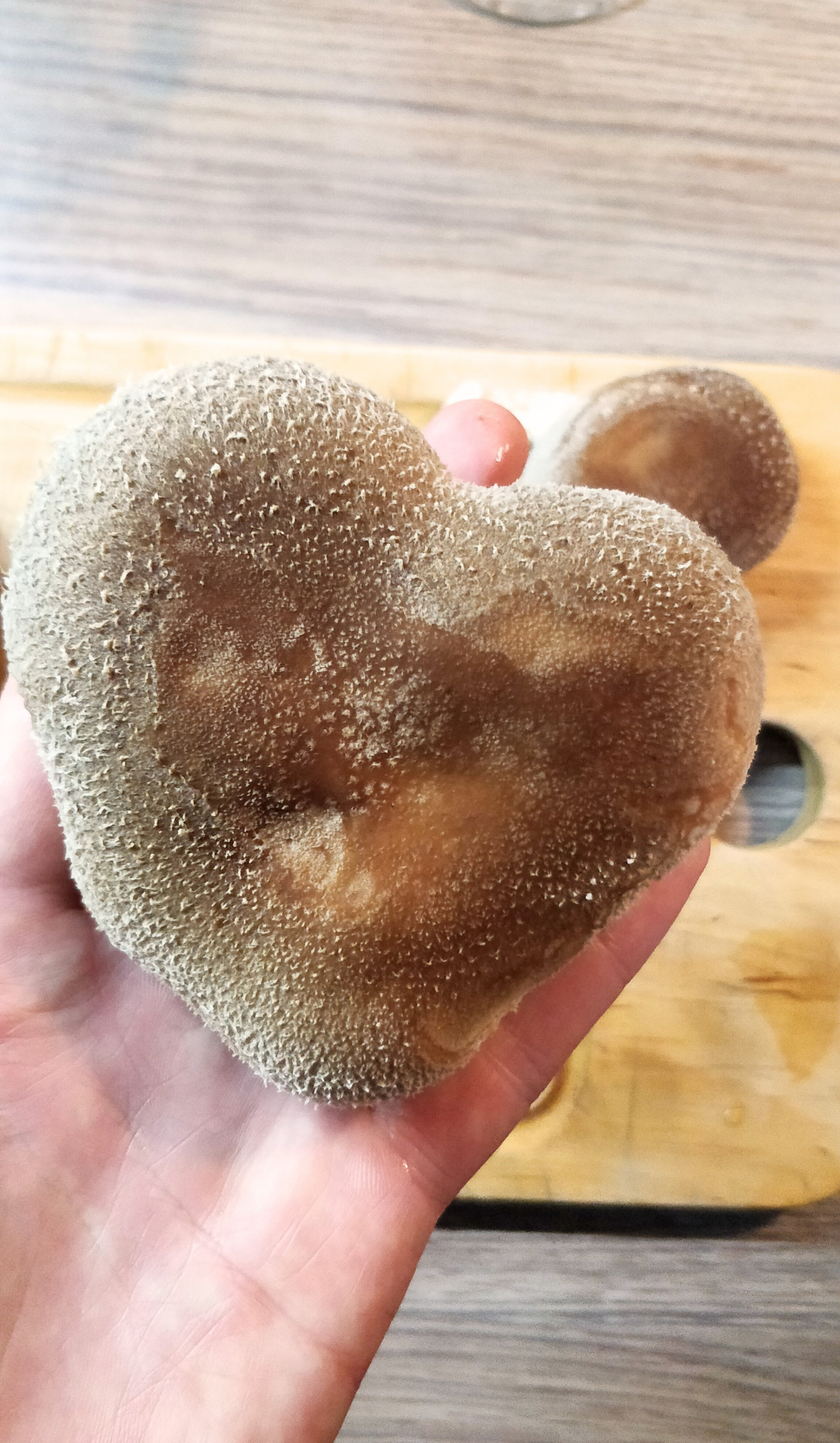
Why choose Urban Fungi?
Our mission is to make mushroom cultivation accessible to everyone, promoting innovation and collaboration for a better future. Whether you're a beginner or an expert, we provide the knowledge and tools you need to achieve your mushroom-growing goals. Committed to producing high-quality spawn and substrates, conducting mycology research, and pioneering new cultivation methods, we balance ecological and technological aspects of fungi. Urban Fungi offers premium sawdust, plug, and grain spawn, grow kits, fruiting blocks, sterile substrates, and medicinal mushroom supplements for both commercial and home growers.







